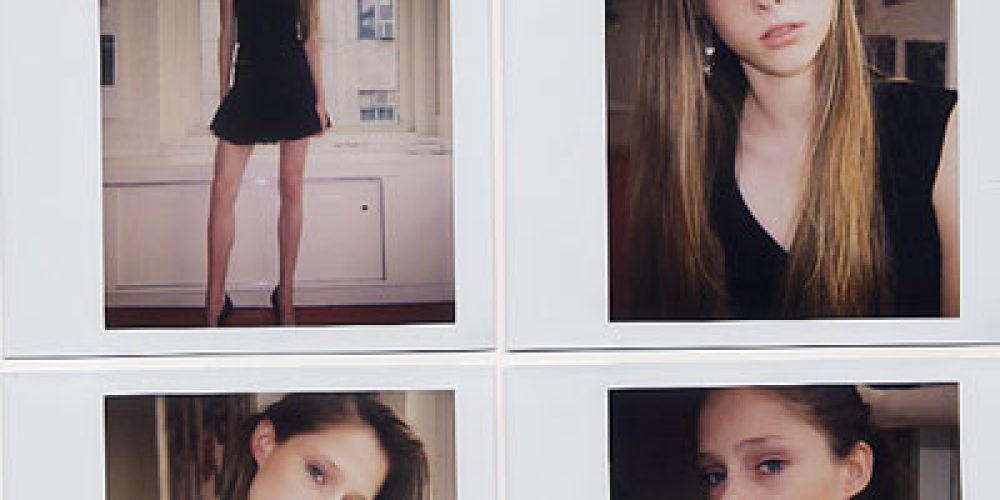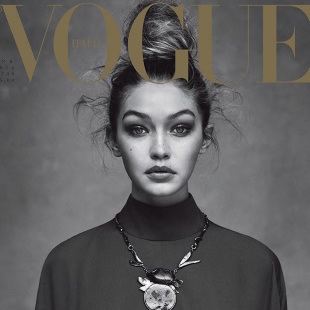“I think it’s a pivotal point in fashion,” Coco Rocha told Fashionista. “This fashion week is kind of a moment in time where we’re changing the history of fashion, and I’m excited to be part of it.”
This Fall/Winter season will mark the first test of the New York State Child Model Legislation passed in November 2013.
Fashionista reviews what challenges and changes the industry will be facing in the coming weeks:
Fortunately, it does sound like many designers are taking this seriously. “The Department of Labor has told us that there has been a huge uptick in applications for certificates of eligibility, so I think all the stakeholders are doing their best for compliance,” [Doreen] Small says.
Council of Fashion Designers of America CEO Steven Kolb explains that the CFDA Health Initiative will continue.
“As a point of focus, one of those guidelines that we continue to recommend — ‘recommend’ being the key word — is that designers not work with models under the age of 16,” he tells us. “We’re saying you shouldn’t work with a girl under 16, even though the law [protects those who are] 18 and under.”
The effects have rippled out abroad as well. Casting director James Scully observed that in seasons past, foreign agencies (especially, he notes, European and Brazilian ones) were sending too many girls. “If one girl could get Alexander Wang, she would have a great season,” he explains. “But I don’t think you need to send 75 girls hoping that one or all of them will get it, because it won’t necessarily have that effect on a girl’s career. […] I don’t think they were making a proper edit of how many girls were right.” Now, Scully says, these agencies are forced to send only the girls they truly believe can succeed, whittling down to a much smaller group.
The Trust Fund stipulation means that the common practice of being paid in trade may also be changing — at least for under-18s.
“Now that they have to put 15 percent of their income into the trust, you can’t really do that with clothes,” she says. “So it has to be tangible, it has to be money.”
Girls under 18 must also be spared the long and grueling hours often associated with fashion week, especially fittings. Under New York state law, child performers must be given 12 hours of rest between jobs, with other breaks and hour restrictions (full details can be found at the Department of Labor website). “That excites me, because I remember getting the phone call, ‘You have to go to so-and-so casting and we don’t know how long you’re going to be there,’” Rocha says. “And again, for pretty much no pay.”
One of the major aims and effects of the legislation is to reduce numbers of underage models working under what are almost guaranteed to be exploitative conditions.
“It’s a lot of paperwork,” Scully says. “I have clients that are like, ‘Don’t bring me anyone [under 18].’ […] I think there were too many young girls in the business. I just felt there was pressure for older girls to be thin because all of these girls were so young, and by the time they turned 18, the pressure for them to not lose their pre-pubescent bodies was getting slightly abusive. I think it was time that somebody put their foot down and said, ‘This is not the way this business should be run.’”
“As long as we’re protecting children, [designers] can continue to be artistic, [designers] can still be creative, and they can still work with younger models if that’s what they want to do — they’re just going to have to do it the right way,” [said Coco Rocha.] “Then there will be people who think, ‘It doesn’t matter, it’s always been this way, and I’m going to do what I want to do.’ And those people won’t be caring so much about a fine, but people do care about bad PR.” As to what exactly that bad PR means, Rocha has one thing to say: “You’re violating a child’s rights,” she states. “When you put it that way, it sounds pretty scary.”






